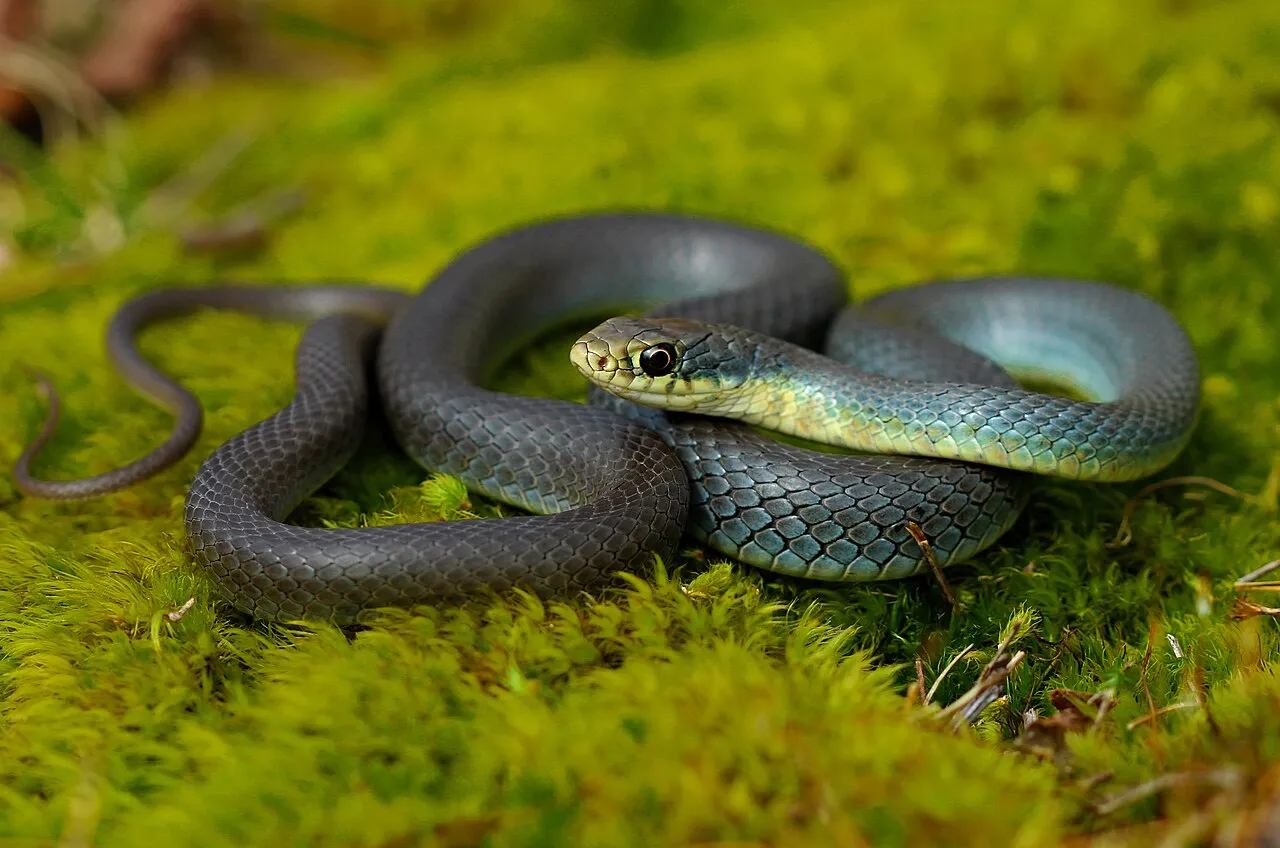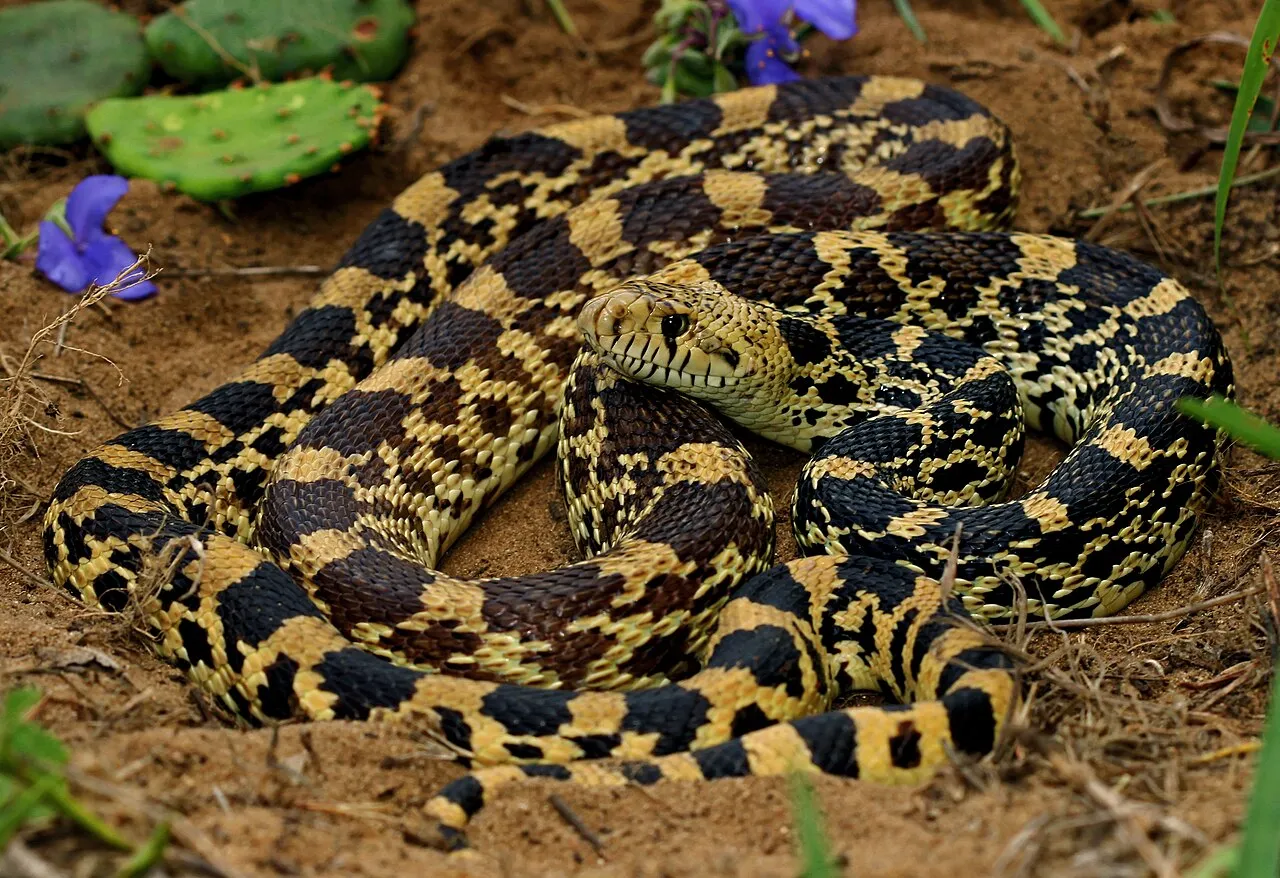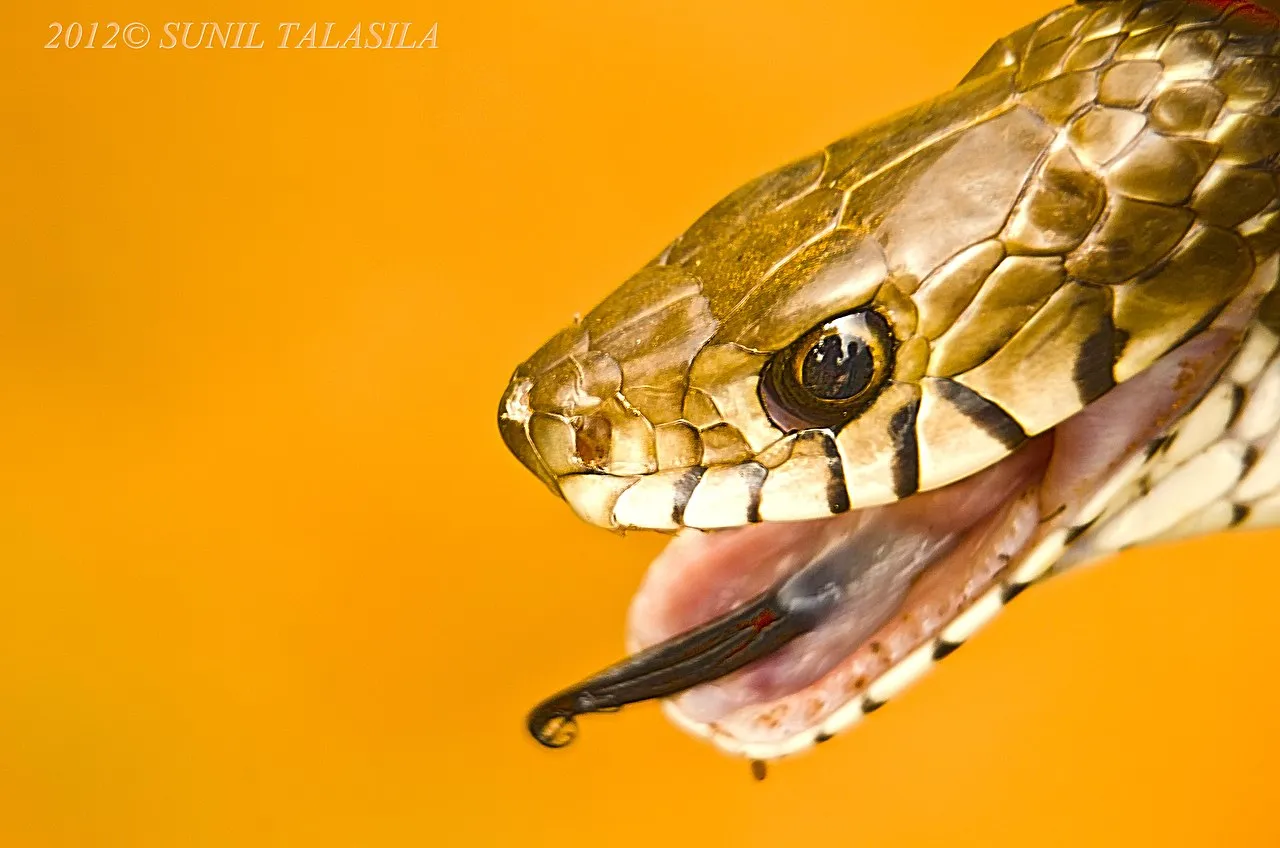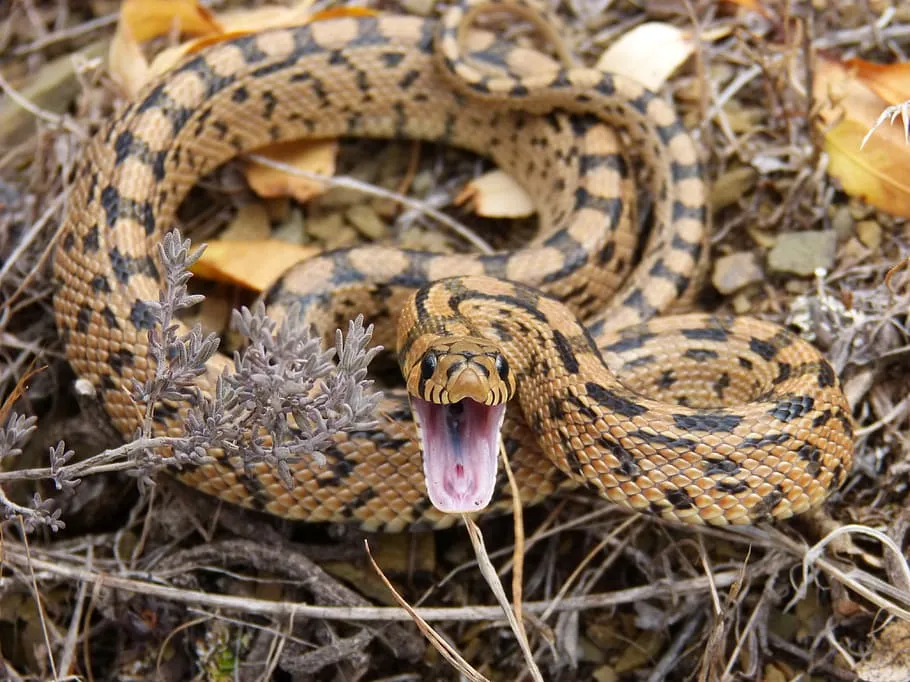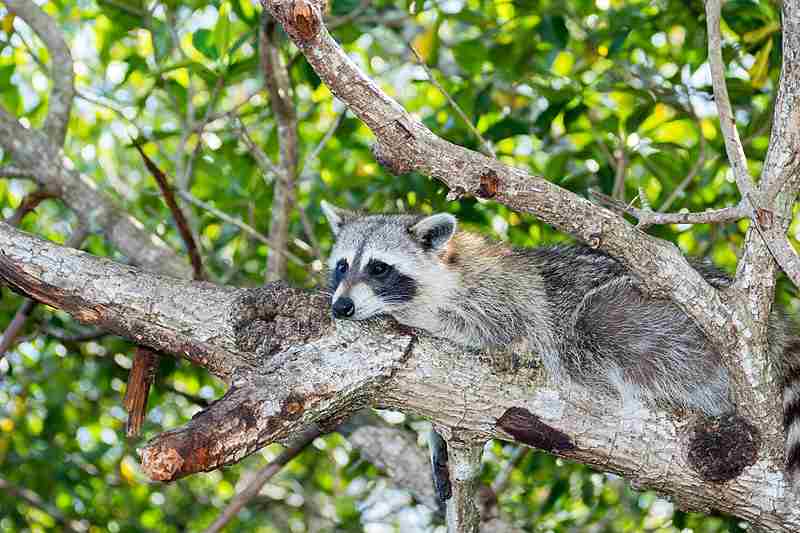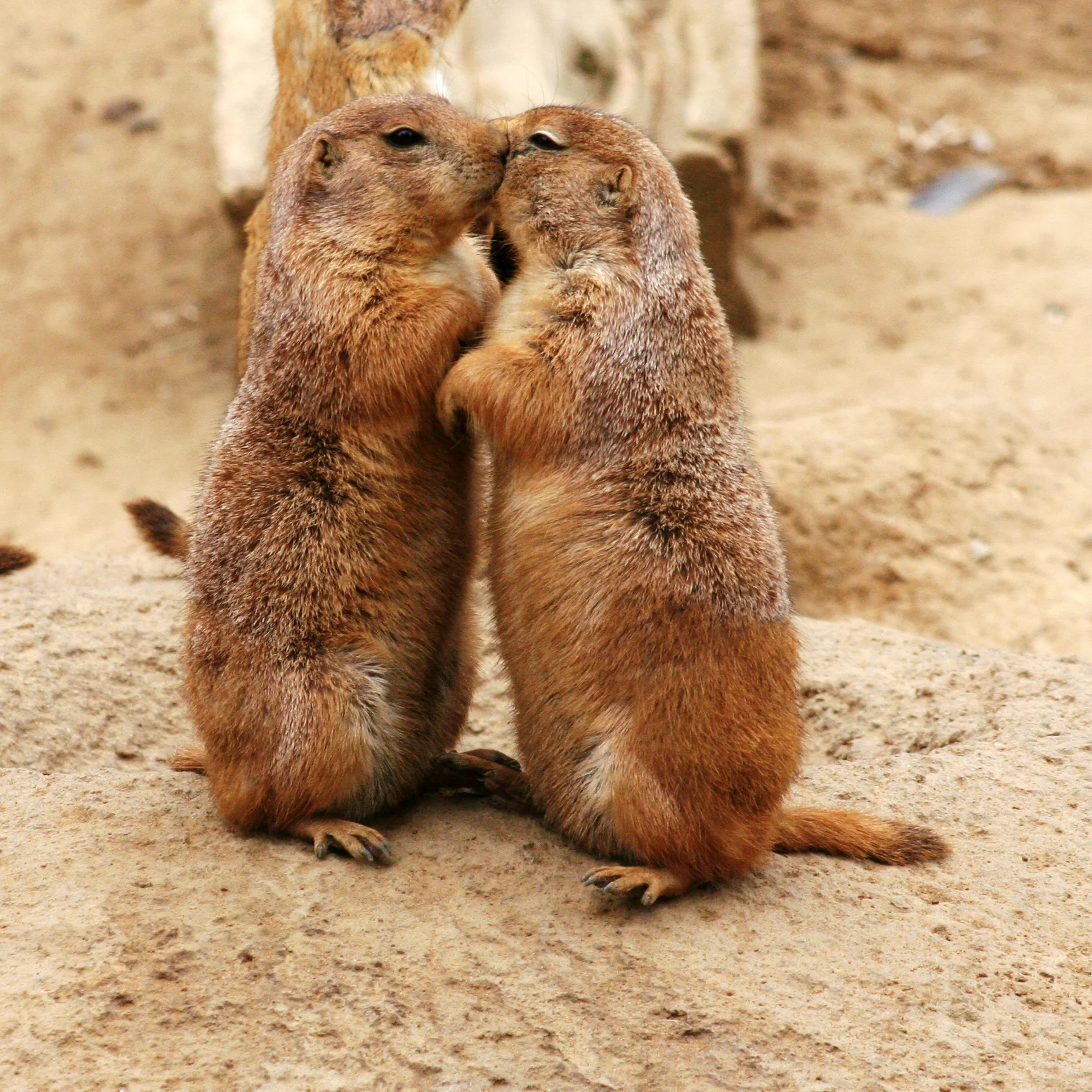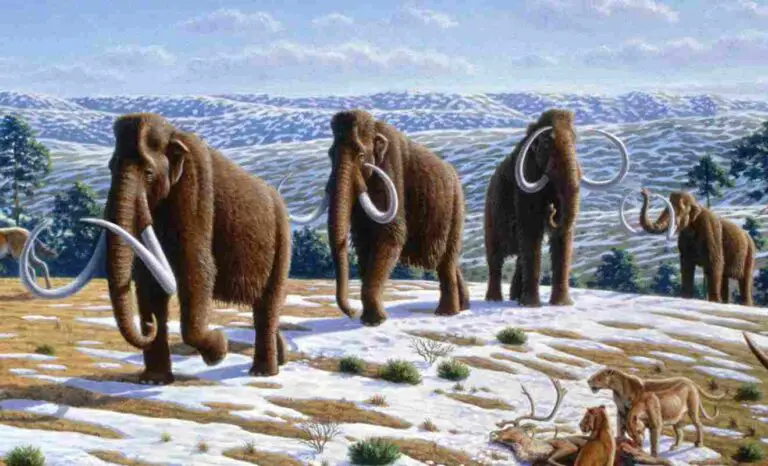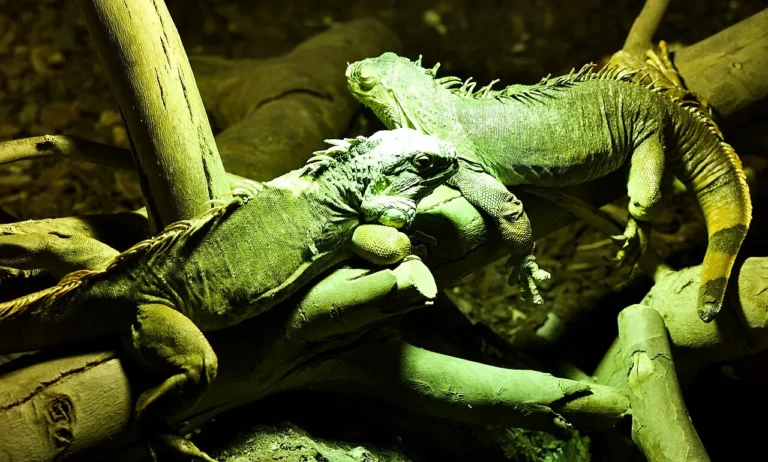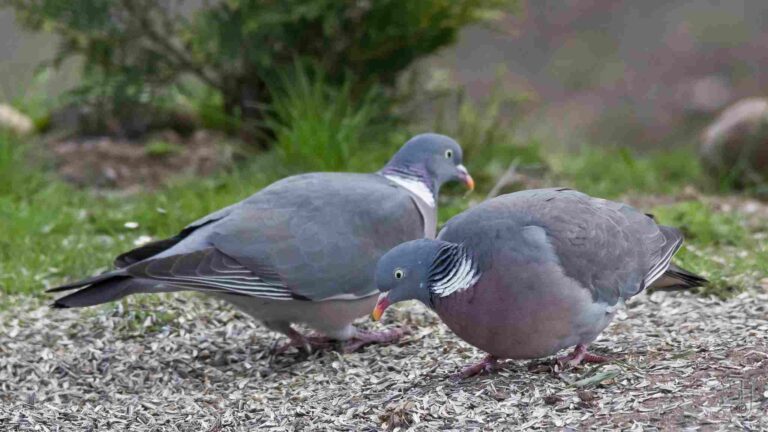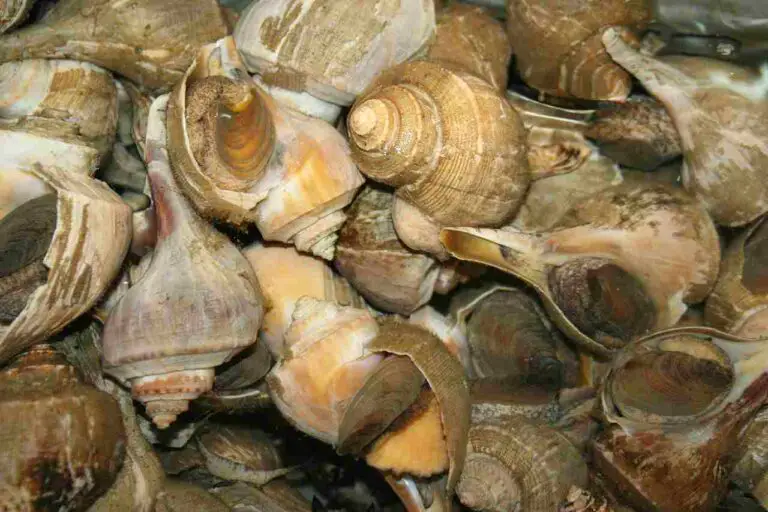9 Utah Garden Snakes/Utah Garter Snakes Discussed
Utah garter snakes are Valley Garter Snake (Thamnophis sirtalis fitchi), and Wandering Garter Snake (Thamnophis elegans vagrans). Utah garden snakes are; Ring-necked Snake (Diadophis punctatus), Milk Snake (Lampropeltis triangulum), Western Yellow-bellied Racer (Coluber constrictor mormon), Great Basin Gopher Snake (Pituophis catenifer deserticola), Western Patch-nosed Snake (Salvadora hexalepis), Western Hognose Snake (Heterodon nasicus), and Western Black-headed Snake (Tantilla planiceps).
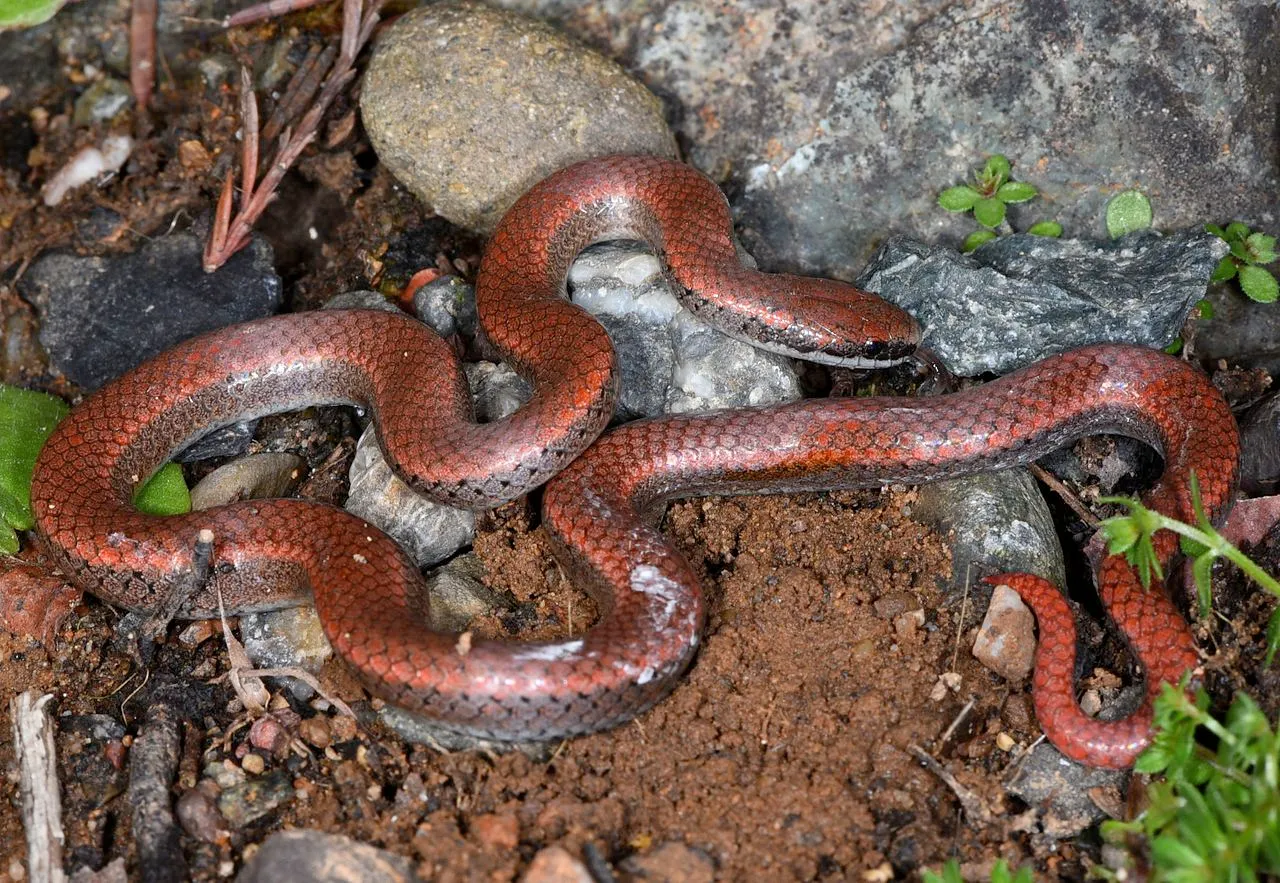
*Facts About Utah Garter Snakes/Utah Garden Snakes
| Snake Species | Details |
| Valley Garter Snake |
Belongs to Thamnophis sirtalis fitchi species.
|
|
Length: 18 to 36 inches.
|
|
|
Habitat: Valley regions near water sources.
|
|
| Wandering Garter Snake |
Subspecies of Thamnophis elegans.
|
|
Length: 18 to 42 inches.
|
|
|
Habitat: Various habitats including grasslands and forests.
|
|
| Ring-necked Snake |
Characterized by a yellow or orange ring around its neck.
|
|
Length: 10 to 15 inches.
|
|
|
Habitat: Woodlands, grasslands, and deserts.
|
|
| Milk Snake |
Vibrant coloration of red, black, and white bands.
|
|
Length: 20 to 40 inches.
|
|
|
Habitat: Forests, grasslands, rocky areas.
|
|
| Great Basin Gopher Snake |
Subspecies of Pituophis catenifer.
|
|
Length: 3 to 6 feet.
|
|
|
Habitat: Sagebrush steppe, desert scrub.
|
|
| Western Patch-nosed Snake |
Characterized by a pointed snout and patch of enlarged scales.
|
|
Length: 2 to 3 feet.
|
|
|
Habitat: Deserts, grasslands, shrublands.
|
|
| Western Hognose Snake |
Distinctive upturned snout.
|
|
Length: 1 to 2 feet.
|
|
|
Habitat: Grasslands, shrublands, sandy areas.
|
|
| Western Black-headed Snake |
Characterized by a black head and slender body.
|
|
Length: 8 to 16 inches.
|
|
|
Habitat: Deserts, grasslands, woodlands.
|
1. Valley Garter Snake (Thamnophis sirtalis fitchi):
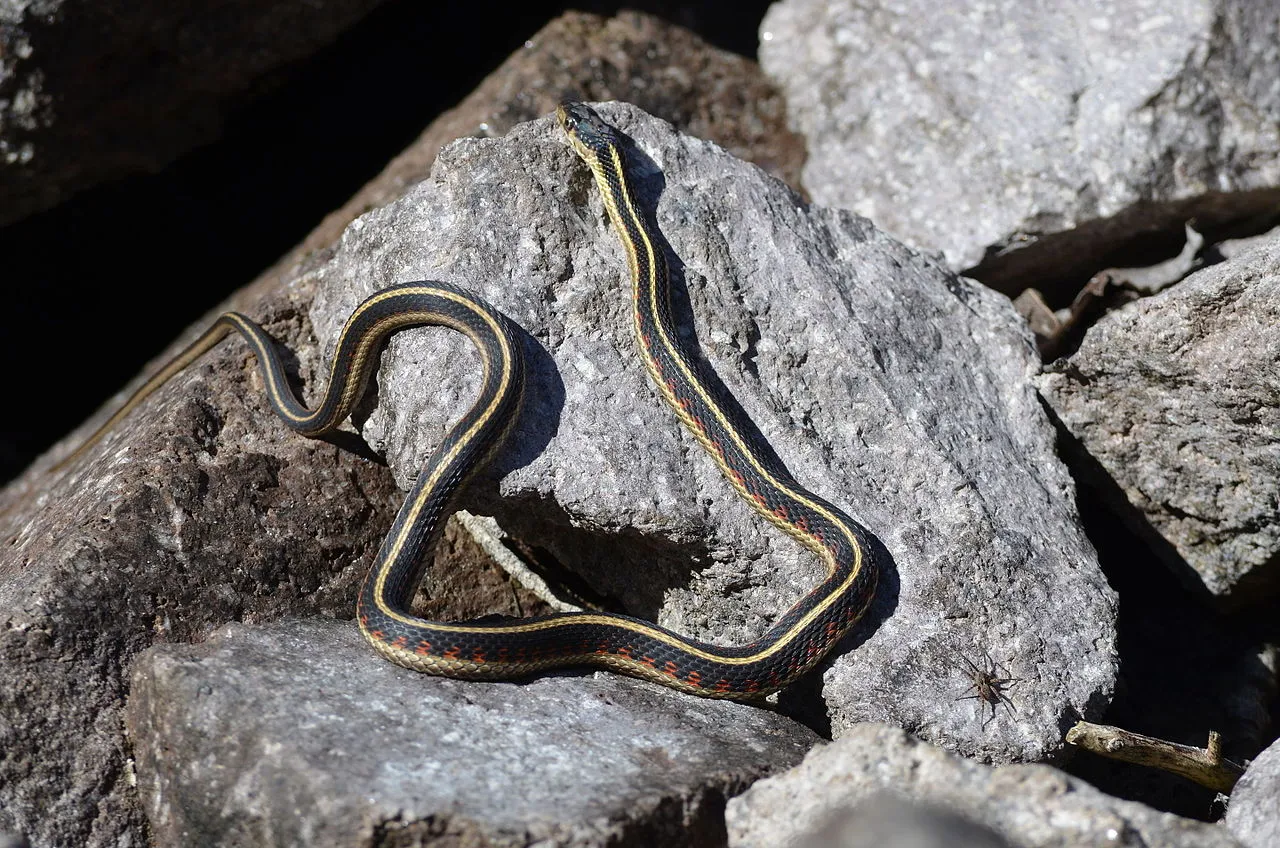
Details:
Belongs to the species Thamnophis sirtalis fitchi, a subspecies of the common garter snake found in Utah’s valleys.
Typically ranges from 18 to 36 inches in length, with a slender body and distinct longitudinal stripes running down its back.
Prefers habitats near water sources such as streams, ponds, and marshes.
Ecological Roles/Importance:
Plays a crucial role in controlling populations of small rodents, amphibians, and fish, thus helping to maintain ecosystem balance.
Serves as both predator and prey within the local food web, contributing to overall biodiversity.
Adaptations to the Utah Environment:
Develops a tolerance for colder temperatures due to its habitat in valley regions of Utah, where temperatures can vary widely.
Possesses specialized glands that produce toxins to deter predators, such as birds of prey and mammals, enhancing its survival in a diverse ecosystem.
Camouflaged coloration and behavior help it blend into its surroundings, aiding in both hunting and avoiding detection by predators.
2. Wandering Garter Snake (Thamnophis elegans vagrans):
Details:
Subspecies of the wandering garter snake, Thamnophis elegans, found in various habitats across Utah, including grasslands, forests, and wetlands.
Typically measures between 18 to 42 inches in length, with a slender body and variable coloration, ranging from olive-green to brown with stripes or spots.
Feeds on a diverse diet of small vertebrates such as frogs, fish, and rodents.
Ecological Roles/Importance:
Contributes to controlling populations of small vertebrates, acting as both predator and prey within the local food chain.
May serve as indicators of ecosystem health, as their presence or absence can reflect changes in habitat quality and environmental conditions.
Adaptations to the Utah Environment:
Exhibits thermal adaptability to survive in Utah’s varying climates, from high-elevation forests to desert valleys.
Utilizes camouflage and agility to evade predators such as birds of prey and mammals, enhancing its survival in diverse habitats.
3. Ring-necked Snake (Diadophis punctatus):
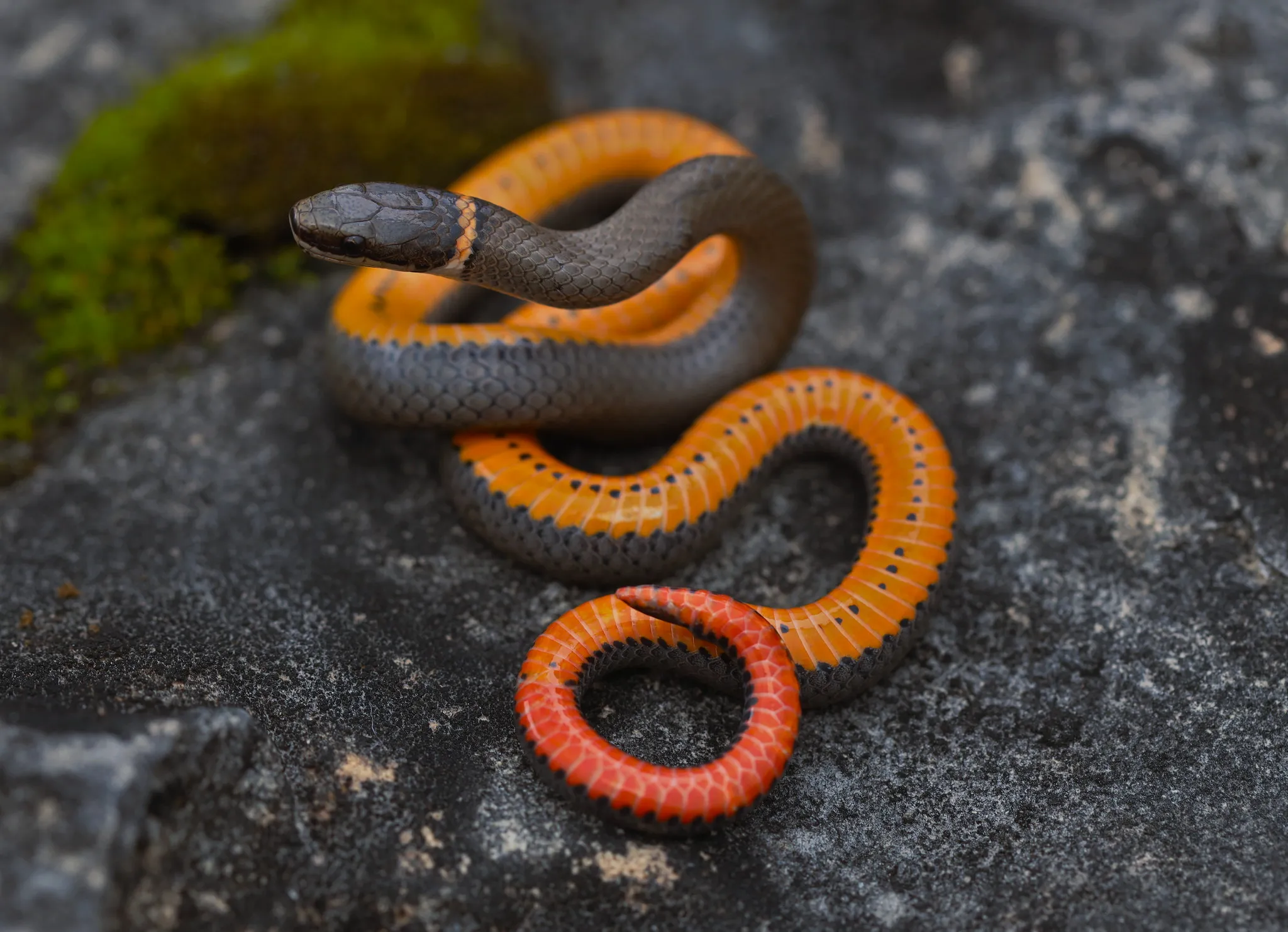
Details:
Small, non-venomous snake species with a distinctive yellow or orange ring around its neck, found throughout Utah in a variety of habitats, including woodlands, grasslands, and deserts.
Typically measures between 10 to 15 inches in length, with a slender body and smooth scales.
Primarily feeds on small invertebrates such as earthworms, slugs, and insects.
Ecological Roles/Importance:
Plays a vital role in controlling populations of invertebrates, contributing to ecosystem balance and functioning.
Serves as prey for larger predators, thereby transferring energy and nutrients through the food web.
Adaptations to the Utah Environment:
Possesses cryptic coloration and behavior, allowing it to blend into its surroundings and avoid detection by predators.
Thrives in a variety of habitats, from forests to deserts, showcasing its adaptability to different environmental conditions in Utah.
4. Milk Snake (Lampropeltis triangulum):
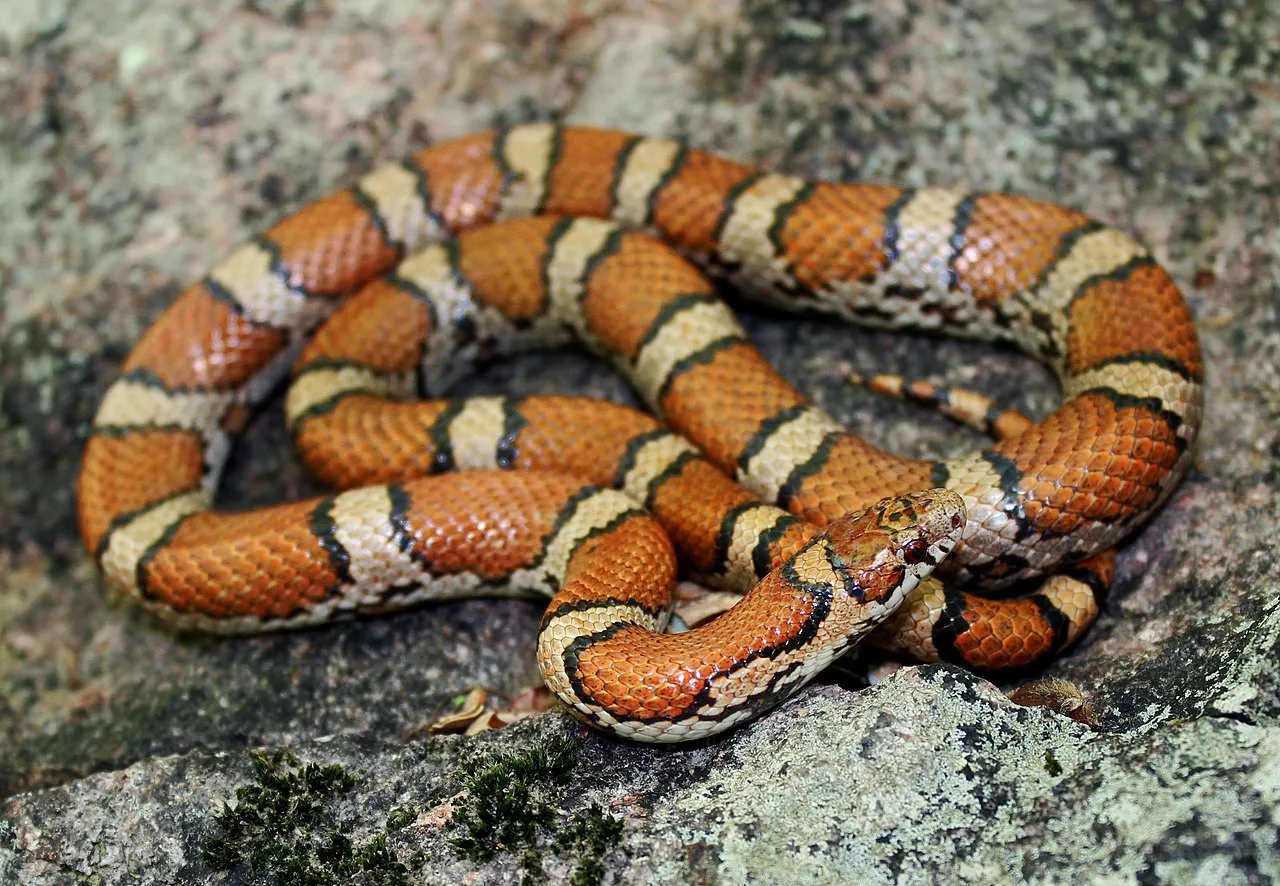
Details:
Non-venomous species of kingsnake characterized by its vibrant coloration of red, black, and white bands, found in various habitats across Utah, including forests, grasslands, and rocky areas.
Typically measures between 20 to 40 inches in length, with a slender body and smooth scales.
Feeds on small vertebrates such as rodents, lizards, and birds’ eggs.
Ecological Roles/Importance:
Contributes to controlling populations of small vertebrates, including rodents, which can have significant impacts on local ecosystems if left unchecked.
May exhibit cannibalistic behavior, preying on smaller individuals of its own species, potentially regulating population densities.
Adaptations to the Utah Environment:
Utilizes mimicry to deter predators, resembling venomous coral snakes, thereby reducing the risk of predation.
Displays burrowing behavior, seeking refuge in underground burrows during extreme temperatures, common in Utah’s diverse landscapes.
5. Western Yellow-bellied Racer (Coluber constrictor mormon):
Details:
Belongs to the species Coluber constrictor mormon, a subspecies of the North American racer snake.
Found in a variety of habitats throughout Utah, including grasslands, deserts, and scrublands.
Typically measures 36 to 60 inches in length, with a slender body and smooth scales.
Ecological Roles/Importance:
Plays a crucial role in controlling populations of small mammals, birds, and insects, helping to maintain ecosystem balance.
Serves as both predator and prey within the local food web, contributing to overall biodiversity in Utah’s ecosystems.
Adaptations to the Utah Environment:
Possesses exceptional speed and agility, enabling it to efficiently hunt prey and evade predators in Utah’s diverse terrain.
Exhibits diurnal behavior, actively foraging during the day when temperatures are warmer and retreating to sheltered locations during cooler periods.
Develops heat tolerance to thrive in Utah’s desert regions, utilizing basking behavior to regulate body temperature and remain active in extreme heat.
6. Great Basin Gopher Snake (Pituophis catenifer deserticola):
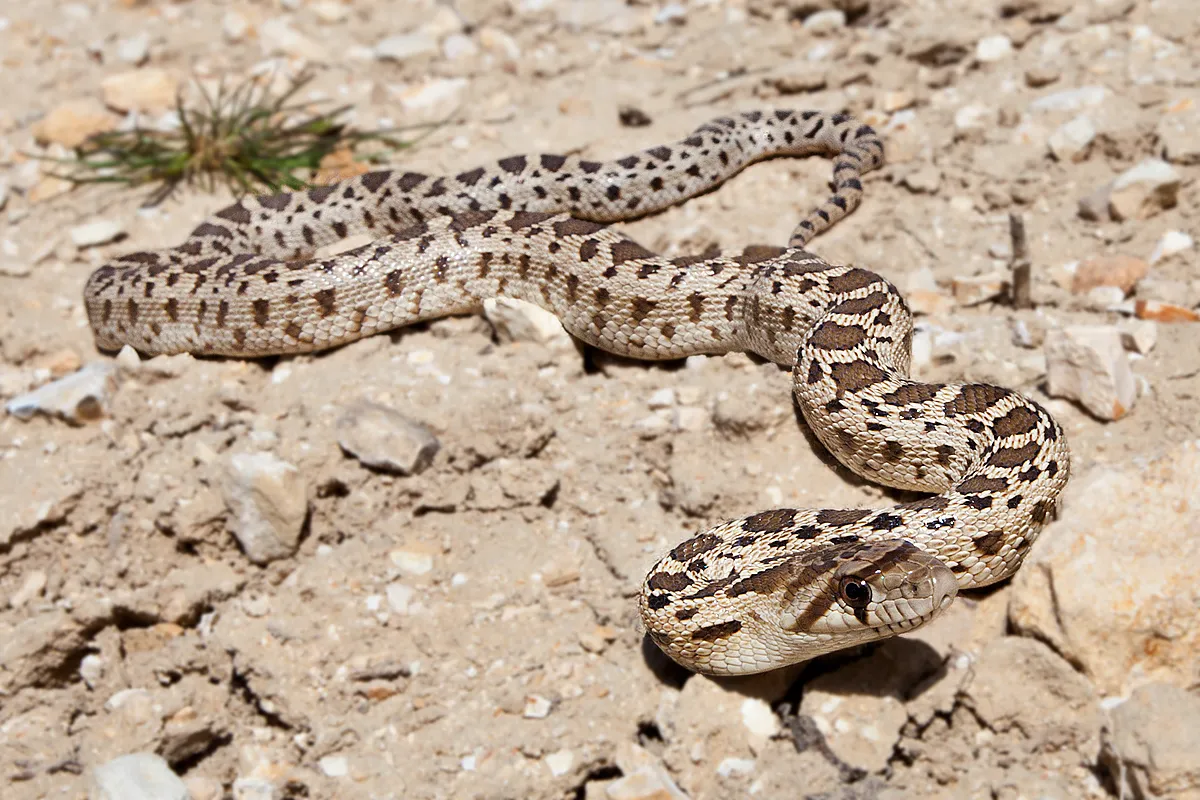
Details:
Subspecies of the gopher snake, Pituophis catenifer, adapted to arid regions of the Great Basin, including parts of Utah, inhabiting sagebrush steppe, desert scrub, and grasslands.
Typically measures between 3 to 6 feet in length, with a stout body and distinct blotches or stripes along its dorsal surface.
Feeds primarily on rodents such as pocket gophers, ground squirrels, and mice.
Ecological Roles/Importance:
Acts as an important predator of small mammals, helping to regulate rodent populations and prevent overgrazing of vegetation.
Plays a role in maintaining ecosystem balance by controlling populations of prey species and serving as prey for larger predators.
Adaptations to the Utah Environment:
Possesses heat-sensitive pits on its head, aiding in detecting warm-blooded prey in the cooler desert nights of Utah.
Exhibits burrowing behavior, utilizing abandoned rodent burrows for shelter and thermoregulation in Utah’s desert environments.
7. Western Patch-nosed Snake (Salvadora hexalepis):
Details:
Non-venomous snake species characterized by a distinctive pointed snout and patch of enlarged scales on the nose, found in various habitats across Utah, including deserts, grasslands, and shrublands.
Typically measures between 2 to 3 feet in length, with a slender body and smooth scales.
Feeds on a diet consisting primarily of small reptiles such as lizards and occasionally small rodents.
Ecological Roles/Importance:
Contributes to controlling populations of small reptiles, including potentially harmful species, thereby influencing community structure and diversity.
Serves as prey for larger predators, transferring energy and nutrients through the food web.
Adaptations to the Utah Environment:
Possesses a keen sense of smell, aiding in locating prey in the vast expanses of Utah’s desert and grassland habitats.
Utilizes rapid movements and evasive maneuvers to escape predators, enhancing its survival in open landscapes.
8. Western Hognose Snake (Heterodon nasicus):
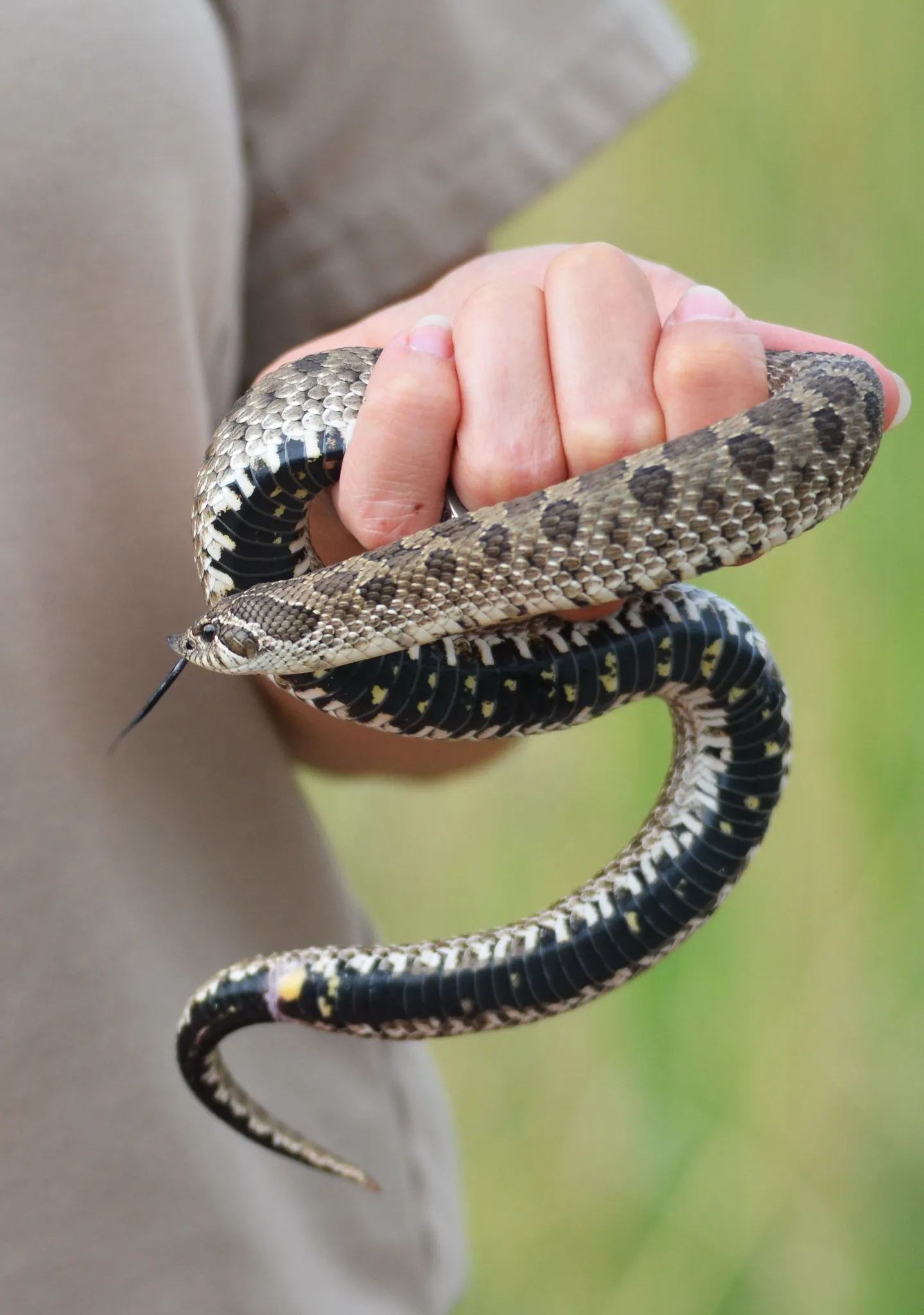
Details:
Non-venomous snake species known for its distinctive upturned snout, found in various habitats across Utah, including grasslands, shrublands, and sandy areas.
Typically measures between 1 to 2 feet in length, with a stout body and keeled scales.
Feeds primarily on amphibians such as toads and frogs, using its upturned snout to aid in digging for prey.
Ecological Roles/Importance:
Plays a role in controlling populations of amphibians, particularly in wetland and riparian habitats where they are abundant.
Exhibits defensive behaviors such as flattening its body and hissing to deter predators, contributing to its survival in diverse environments.
Adaptations to the Utah Environment:
Develops a tolerance for fluctuating temperatures, allowing it to thrive in Utah’s varying climates, from hot desert valleys to cooler mountainous regions.
Possesses camouflage coloration and patterns, blending into its surroundings to avoid detection by predators and prey alike.
9. Western Black-headed Snake (Tantilla planiceps):
Details:
Small, non-venomous snake species characterized by its black head and slender body, found in various habitats across Utah, including deserts, grasslands, and woodlands.
Typically measures between 8 to 16 inches in length, with smooth scales and a secretive nature.
Feeds primarily on small invertebrates such as insects, spiders, and centipedes.
Ecological Roles/Importance:
Contributes to controlling populations of small invertebrates, playing a role in regulating insect populations in its habitat.
Serves as prey for larger predators, transferring energy and nutrients through the food web.
Adaptations to the Utah Environment:
Possesses a slender body and secretive habits, allowing it to move efficiently through leaf litter and undergrowth in Utah’s diverse habitats.
Relies on cryptic coloration and behavior to avoid detection by predators, enhancing its survival in areas with dense vegetation and cover.
Summary of Information On Utah Garden Snakes/Utah Garter Snakes
Valley Garter Snake (Thamnophis sirtalis fitchi):
Details:
Belongs to Thamnophis sirtalis fitchi species.
Length: 18 to 36 inches.
Habitat: Valley regions near water sources.
Ecological Roles/Importance:
Controls populations of small rodents, amphibians, and fish.
Maintains ecosystem balance.
Adaptations to the Utah Environment:
Tolerance for colder temperatures.
Toxin-producing glands for defense.
Camouflaged coloration and behavior.
Wandering Garter Snake (Thamnophis elegans vagrans):
Details:
Subspecies of Thamnophis elegans.
Length: 18 to 42 inches.
Habitat: Various habitats including grasslands and forests.
Ecological Roles/Importance:
Controls populations of small vertebrates.
Indicator of ecosystem health.
Adaptations to the Utah Environment:
Thermal adaptability.
Camouflage and agility.
Ring-necked Snake (Diadophis punctatus):
Details:
Characterized by a yellow or orange ring around its neck.
Length: 10 to 15 inches.
Habitat: Woodlands, grasslands, and deserts.
Ecological Roles/Importance:
Controls populations of invertebrates.
Prey for larger predators.
Adaptations to the Utah Environment:
Cryptic coloration and behavior.
Thrives in diverse habitats.
Milk Snake (Lampropeltis triangulum):
Details:
Vibrant coloration of red, black, and white bands.
Length: 20 to 40 inches.
Habitat: Forests, grasslands, rocky areas.
Ecological Roles/Importance:
Controls populations of small vertebrates.
Potential cannibalistic behavior.
Adaptations to the Utah Environment:
Mimicry to deter predators.
Burrowing behavior for thermoregulation.
Great Basin Gopher Snake (Pituophis catenifer deserticola):
Details:
Subspecies of Pituophis catenifer.
Length: 3 to 6 feet.
Habitat: Sagebrush steppe, desert scrub.
Ecological Roles/Importance:
Predator of small mammals.
Maintains ecosystem balance.
Adaptations to the Utah Environment:
Heat-sensitive pits.
Burrowing behavior for shelter.
Western Patch-nosed Snake (Salvadora hexalepis):
Details:
Characterized by a pointed snout and patch of enlarged scales.
Length: 2 to 3 feet.
Habitat: Deserts, grasslands, shrublands.
Ecological Roles/Importance:
Controls populations of small reptiles.
Prey for larger predators.
Adaptations to the Utah Environment:
Keen sense of smell.
Rapid movements for evasion.
Western Hognose Snake (Heterodon nasicus):
Details:
Distinctive upturned snout.
Length: 1 to 2 feet.
Habitat: Grasslands, shrublands, sandy areas.
Ecological Roles/Importance:
Controls populations of amphibians.
Defensive behaviors for survival.
Adaptations to the Utah Environment:
Tolerance for fluctuating temperatures.
Camouflage and mimicry.
Western Black-headed Snake (Tantilla planiceps):
Details:
Characterized by a black head and slender body.
Length: 8 to 16 inches.
Habitat: Deserts, grasslands, woodlands.
Ecological Roles/Importance:
Controls populations of small invertebrates.
Prey for larger predators.
Adaptations to the Utah Environment:
Slender body and secretive habits.
Cryptic coloration and behavior.
